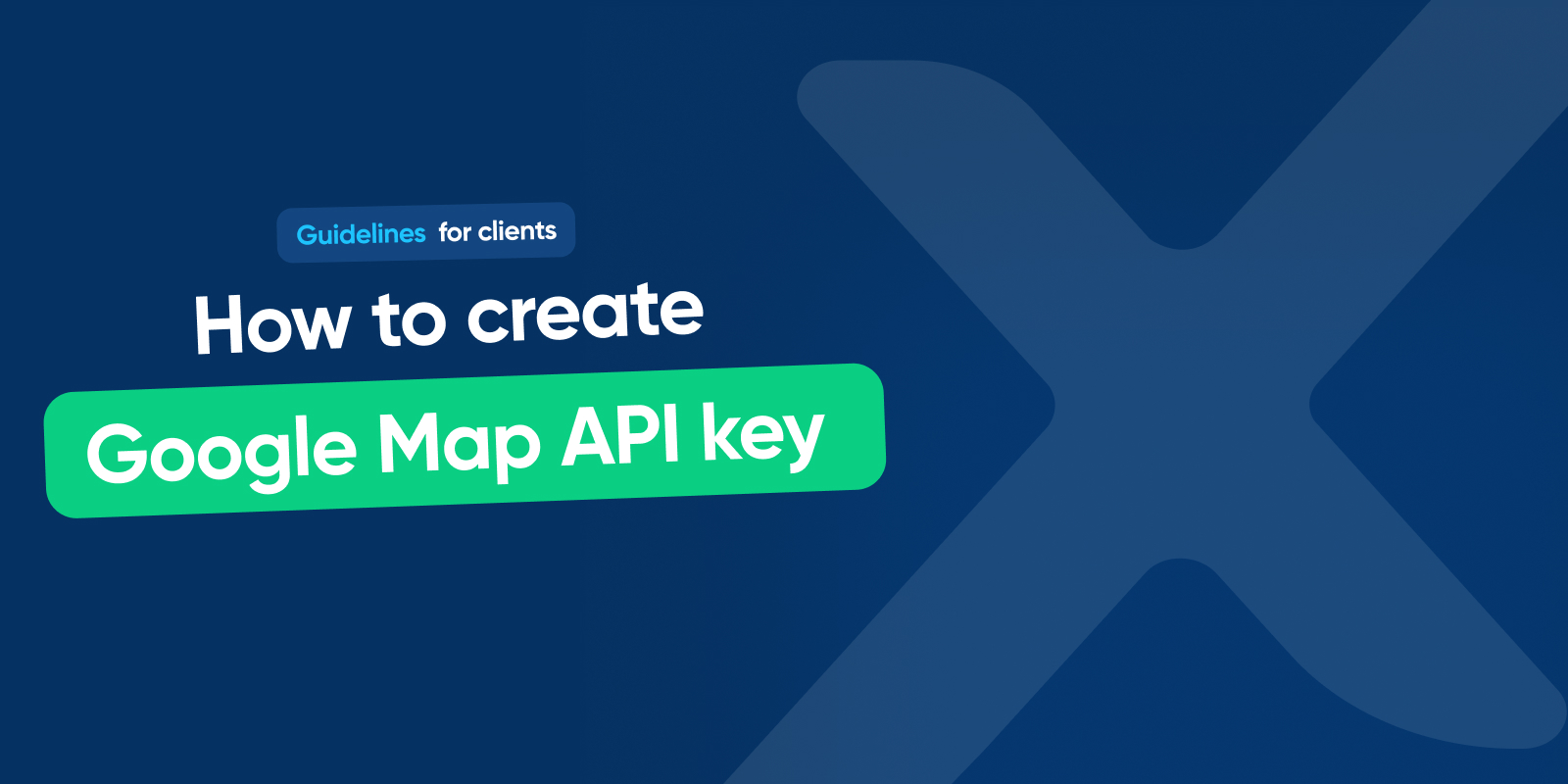
GraphQL has emerged as a powerful alternative to traditional RESTful APIs for web development. With its flexible and efficient approach to data fetching, GraphQL offers developers a structured and intuitive way to build APIs that meet the demands of modern web applications. In this article, we will explore the basics of GraphQL, its key features, and how to set it up for web development. We will also walk you through the process of building your first GraphQL web application.
Understanding the Basics of GraphQL
Before diving into the world of GraphQL, let’s start by understanding what exactly GraphQL is. In a nutshell, GraphQL is a query language for APIs and a runtime for executing those queries with your existing data. It allows clients to request specific data from the server, eliminating the problem of over-fetching or under-fetching data that is often associated with RESTful APIs.
Hailed as a game-changer in the API landscape, GraphQL was developed and open-sourced by Facebook in 2015. Since then, it has gained significant popularity and has been adopted by major tech companies like Twitter, GitHub, and Shopify.
One of the main attractions of GraphQL is its ability to solve the common issues faced by RESTful APIs. Unlike REST, where clients have to make multiple requests to different endpoints for fetching related data, GraphQL fetches all the required data in a single request. This reduces the number of network requests, resulting in faster and more efficient data transfer.
What is GraphQL?
In simple terms, GraphQL is a query language that provides a declarative way to fetch and manipulate data. It allows clients to request only the data they need, which is defined by the client itself and not the server.
The foundation of GraphQL lies in its type system, which defines the structure and capabilities of the API. The type system enables developers to define the shape of the data and the relationships between different entities.
With GraphQL, clients can send queries to the server, specifying exactly what they need and receiving the requested data in a predictable format. This flexibility empowers the client to decide which fields to retrieve, eliminating unnecessary data and improving performance.
The History and Evolution of GraphQL
The journey of GraphQL dates back to the early days of Facebook when the company was facing challenges with its mobile applications. Facebook needed a solution that would allow its mobile clients to fetch data efficiently and minimize bandwidth consumption.
In response to these challenges, Facebook came up with GraphQL, which was internally used by the company for a few years before being open-sourced to the public in 2015. The decision to open-source GraphQL marked a turning point in the API landscape and paved the way for its widespread adoption.
GraphQL has since evolved and matured as a technology. The GraphQL specification, tooling, and community ecosystem have grown significantly, providing developers with a robust and well-supported platform for building APIs.
GraphQL vs REST: A Comparison
Now that you have a basic understanding of GraphQL, let’s take a closer look at how it compares to REST, the reigning champion of API design.
GraphQL and REST both serve the purpose of exposing server-side data to clients, but they differ significantly in their approach.
REST follows a resource-based architecture where each endpoint represents a resource, and clients interact with these endpoints to perform CRUD (Create, Read, Update, Delete) operations. In REST, the server’s data structure and the response format are rigidly defined, leading to potential over-fetching or under-fetching of data.
On the other hand, GraphQL provides a flexible and declarative way to specify data requirements. Instead of relying on a fixed set of endpoints, GraphQL allows clients to request specific fields and nested data structures in a single query. This leads to more efficient data transfer and eliminates the need for multiple round trips to the server.
GraphQL, with its strong typing and schema-based approach, also makes it easier to understand and evolve APIs over time. The explicit schema definition provides documentation and validation, enabling better collaboration between front-end and back-end developers.
Key Features of GraphQL
Now that you have a grasp of the basics, let’s explore some of the key features that make GraphQL a powerful tool for web development.
Efficient Data Loading
One of the standout features of GraphQL is its ability to efficiently load data. GraphQL allows clients to specify exactly what data they need, resulting in optimized data fetching. The server responds with the requested data, eliminating unnecessary data transfer and improving overall performance.
The ability to batch and load multiple resources in a single query reduces the number of network requests, resulting in faster data retrieval for the client. This performance boost is especially beneficial for mobile applications with limited bandwidth and high latency.
Real-time Updates with Subscriptions
Another compelling feature of GraphQL is its support for real-time updates through subscriptions. Subscriptions allow clients to establish a long-lived connection with the server, receiving instant updates whenever a specific event occurs.
With subscriptions, you can build real-time applications like chat systems, collaborative editors, and live dashboards. Subscriptions provide a seamless and efficient way to push updates to the client instantly, eliminating the need for the client to repeatedly poll the server for changes.
Strong Typing and Schema
GraphQL embraces strong typing and utilizes a schema to define the structure of the data and the capabilities of the API. The schema acts as a contract between the client and the server, providing a clear understanding of the available data and operations.
With a schema in place, GraphQL can ensure that the data retrieved is of the expected type and shape, reducing the chances of runtime errors. The schema also acts as a powerful documentation tool, enabling developers to explore and understand the available data and operations.
In addition to strong typing, GraphQL provides tools for introspection, allowing clients to explore the schema and fetch metadata about available fields, queries, and mutations. This enables developers to understand the capabilities of the API without relying on external documentation.
Setting Up GraphQL for Web Development
Now that you have an understanding of GraphQL’s key features, it’s time to set it up for web development. Let’s explore the necessary tools, software, and configurations required to get started with GraphQL.
Necessary Tools and Software
Before diving into GraphQL development, you’ll need a few essential tools and software:
- Node.js: GraphQL is built with Node.js, so ensure that you have Node.js installed on your machine.
- GraphQL Server: To run GraphQL locally, you’ll need a GraphQL server. You can use popular server frameworks like Express or Apollo Server.
- GraphQL Client: Depending on your preferred programming language or framework, there are various GraphQL client libraries available. Apollo Client and Relay are popular choices.
- IDE or Text Editor: Choose an IDE or text editor that suits your workflow. VS Code, Atom, and Sublime Text are commonly used options.
Installing and Configuring GraphQL
Once you have the necessary tools and software in place, the next step is to install and configure GraphQL.
- Step 1: Create a new project directory and navigate to it in the terminal.
- Step 2: Initialize a new Node.js project by running the command:
npm init. - Step 3: Install the required dependencies by running the command:
npm install express graphql express-graphql. - Step 4: Create a new file named
server.jsand import the necessary packages and modules. - Step 5: Define a GraphQL schema using the GraphQL schema language, specifying the types, fields, and mutations.
- Step 6: Implement the resolver functions that fetch the data for the schema.
- Step 7: Set up the Express server and configure it to use the GraphQL middleware.
- Step 8: Start the server and test your GraphQL API using a tool like GraphQL Playground or Postman.
With these steps, you should have a working GraphQL server up and running, ready to handle client requests.
Understanding GraphQL Syntax
GraphQL has its own syntax for writing queries, mutations, and subscriptions. While the syntax may seem unfamiliar at first, it is intuitive and powerful once you become familiar with it.
A GraphQL query consists of fields that specify the data you want to retrieve. Fields can have arguments that modify the behavior of the query. Queries can also include nested fields to retrieve related data in a single request.
Mutations, on the other hand, are used to modify data on the server. Mutations can have input arguments that allow clients to provide data for creating, updating, or deleting resources.
Subscriptions enable real-time updates by defining a subscription field in the schema. Clients can then subscribe to specific events and receive updates whenever those events occur.
Building Your First GraphQL Web Application
Now that you have a solid understanding of the basics and have set up GraphQL for development, it’s time to build your first GraphQL web application. Let’s walk through the process step by step.
Designing the Schema
The first step in building a GraphQL application is designing the schema. The schema acts as a blueprint for your API, defining the available data types, relationships, and operations.
Start by identifying the different entities in your application. Break down the entities into their respective fields and relationships. Group related fields into types, and define the relationships between types using fields and directives.
Once you have the schema design ready, define it in code using the GraphQL schema language. Specify the types, fields, and directives, ensuring that the schema accurately represents the data and operations your application needs.
Implementing Queries and Mutations
With the schema design in place, the next step is to implement the resolver functions that fetch the data for the schema. Resolver functions are responsible for retrieving the requested data from the data source and returning it to the client.
For each field in the schema, you need to implement a resolver function. The resolver function can fetch the data from a database, call external APIs, or perform any other necessary operations to retrieve the data.
To implement mutations, you’ll need to define the corresponding resolver functions that handle the create, update, or delete operations on the server.
As you implement the resolvers, you can test your queries and mutations using the GraphQL Playground or any other GraphQL client tool. Ensure that the data is returned correctly and resolve any potential issues or bugs along the way.
Testing and Debugging Your Application
Testing and debugging are crucial steps in the development process to ensure the reliability and correctness of your GraphQL application. Write test cases that cover different scenarios and validate that the expected data is returned for each query and mutation.
Debugging GraphQL applications can be done using various tools and techniques. Use logging and error handling to identify any issues with the resolver functions or the data retrieval process. Leverage the tools provided by your chosen GraphQL server framework to debug and introspect your API.
In conclusion, GraphQL is a powerful tool for web development, offering efficient data loading, real-time updates, and a strong typing system. Setting up GraphQL for web development involves installing necessary tools, configuring the server, and understanding the GraphQL syntax. Building your first GraphQL web application requires designing the schema, implementing resolvers, and thoroughly testing and debugging the application. With its growing popularity and robust ecosystem, GraphQL is a technology worth exploring for developers looking to enhance their web development skills.


